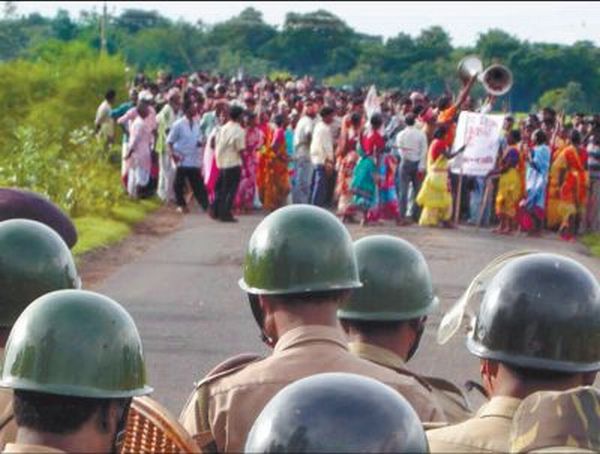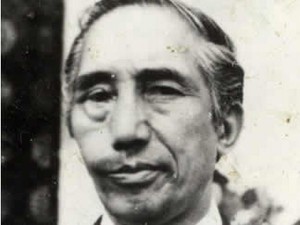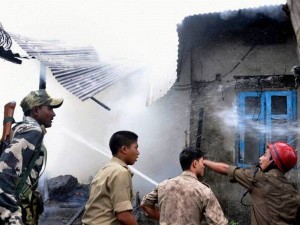The insurgency that has virtually engulfed the whole of Northeast India finds its roots in erstwhile district of Naga Hills in Assam. This district later became the state of Nagaland in the Indian republic in 1963.
It was as late as 1997 that the Indian government authorities initiated the dialogue with insurgents in Nagaland but by then, the unending cycle of violence had spread its roots firmly in Assam, Manipur and Nagaland. The Naga people wanted a separate homeland for themselves and the idea originated well before 1947.
A Z Phizo was the leader of this movement and he appealed to Indian National Congress to spare his people and not include them into the idea of Indian republic. As the demand was rejected, these were the first people to revolt and thus laid the seeds for unending cycle of violence that still continues unabated.
Naga Nationalist Council (NNC) declared independence on August 14th, 1947, a day before India gained its freedom and the Indian Army was sent to crush the movement. This armed conflict led to loss of over 10,000 human lives at that time. Their leader Phizo moved a step ahead and created an underground government by the name of Federal Government of Nagaland (FGD).
Seeing the situation turn volatile, the Indian Government was left with no option then to enact Armed Forces Special Power Act, 1958. This empowered the army to deal with any such problem with a hard hand.
Meanwhile, Phizo started gathering international support for his movement and moved to East Pakistan, later Bangladesh in 1956. He later moved on to London in 1960 and was in London till his death in 1990.
The Indian government also continued its initiatives to integrate the Naga people with the mainland in the country and as a consequence of this, a 16 point agreement was signed between the Government and the leadership of Naga People’s Convention (NPC). Thus was born the state of Nagaland.
However, insurgency continued in Nagaland affecting other Northeast states too and they too pitched in with some insurgent groups having wrong intentions joining the movement. In the later years this movement gained further momentum and the people started demanding what they called Greater Nagaland.
The government on its part was however successful in signing a peace agreement with the insurgents led by NSCN (IM) in 1997. This laid the foundation for a peace agreement and with other numerous fractions signing peace agreements with Indian authorities; it seemed that peace would return to the troubled region of Northeast and Nagaland in particular.
However, despite the common people in Nagaland and other regions of Northeast states realizing the futility of violence, sporadic incidents of terrorism continue to occur in the region. It is a challenge for the Indian Government to find a solution to this problem and ensure the safety and security of common people of the region.






